Description
1. Parameter Specifications
- Power Supply: The A6370D typically operates on a 24V DC power supply. The power consumption is relatively low, around 5 – 7W, ensuring energy – efficient operation in industrial settings.
- Input/Output Configuration:
- Digital Inputs: It is equipped with 16 digital inputs. These inputs are designed to receive signals from various industrial sensors, such as proximity sensors, limit switches, and photoelectric sensors. The input voltage range is 24V DC ±10%, a common standard in industrial applications.
- Digital Outputs: There are 16 digital outputs. Each output can handle a maximum current of 0.5A, suitable for driving small – to medium – sized loads like relays, solenoid valves, and indicator lights.
- Communication Interface: The module supports the Profibus DP communication protocol. It can communicate at a rate of up to 12 Mbps, enabling fast and reliable data transfer between the module and other devices in the industrial network, such as programmable logic controllers (PLCs) and distributed control systems (DCS).
- Electrical Isolation: It features electrical isolation between the input/output circuits and the communication interface. This isolation helps protect the module from electrical interference, short – circuits, and voltage spikes, enhancing its overall reliability.
-1.jpg)
2. Applications
- Industrial Automation: In manufacturing plants, the A6370D is used to monitor and control various industrial processes. For example, in an automotive assembly plant, it can control the operation of robotic arms, conveyor belts, and welding stations. The digital inputs can monitor the status of these devices, such as whether a robot arm has completed a task or a conveyor belt is jammed, and the digital outputs can send control signals to start or stop the operations.
- Process Control: In chemical and pharmaceutical industries, the A6370D can be used to control and monitor the process parameters. It can control the opening and closing of valves in a chemical reaction process based on the signals received from sensors that measure temperature, pressure, and flow rate.
- Building Automation: In commercial buildings, the module can be used for basic building control tasks. It can control the lighting in a specific area based on the presence of people detected by occupancy sensors. It can also monitor the status of doors and windows, and control the operation of small – scale ventilation fans.
3. Weight and Dimensions
- Weight: The A6370D weighs approximately 0.8 kg. Its relatively light weight makes it easy to install and handle during the setup and maintenance processes.
- Dimensions: It has compact dimensions, typically around 150 mm in length, 100 mm in width, and 50 mm in height. These dimensions allow it to be easily installed in control cabinets or on DIN rails in industrial and building automation environments.
4. Features
- Compact Design: The small form factor of the A6370D makes it suitable for applications where space is limited. It can be easily integrated into existing control systems without taking up excessive space.
- Flexible Configuration: The module can be configured using software tools. Users can set up the input/output functions, communication parameters, and alarm thresholds according to their specific requirements. This flexibility allows for customization in different industrial applications.
- Diagnostic Functions: It is equipped with built – in diagnostic functions that can detect faults in the input/output circuits and the communication interface. The diagnostic information can be displayed on a human – machine interface (HMI) or sent to a PLC for further analysis, facilitating quick troubleshooting.
5. Stability and Reliability
- Robust Construction: The A6370D is built with a durable housing that can withstand harsh industrial and commercial environments, including dust, moisture, and mechanical vibrations.
- Quality Components: It uses high – quality electronic components that are selected for their reliability and long – term performance. This helps to ensure stable operation over an extended period.
- Redundancy Support: Although not always standard, in some critical applications, redundancy options can be implemented. For example, redundant communication paths can be set up to ensure continuous data transfer in case of a communication failure.
-1.jpg)
6. Real – World Examples
- Automotive Assembly Line: In an automotive assembly line, the A6370D is used to control the operation of a robotic arm that installs car seats. The digital inputs receive signals from sensors that detect the position and alignment of the seats and the vehicle chassis. Based on these signals, the digital outputs control the movement and force of the robotic arm to ensure proper installation. The diagnostic functions of the A6370D help to quickly identify and resolve any issues that may arise during the assembly process, minimizing downtime and ensuring high – quality production.
- Food Processing Plant: In a food processing plant, the A6370D is used to control the operation of a filling and sealing machine. The digital inputs monitor the level of the food product in the hopper and the position of the packaging materials. The digital outputs control the speed of the filling mechanism and the operation of the sealing device. The stable performance of the A6370D ensures accurate filling and sealing, reducing product waste and maintaining high – quality standards.


-1.jpg)
-1.jpg)
-1-200x200.jpg)
-1-200x200.jpg)

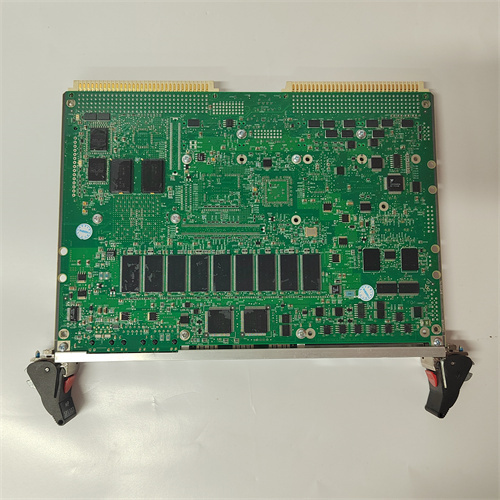
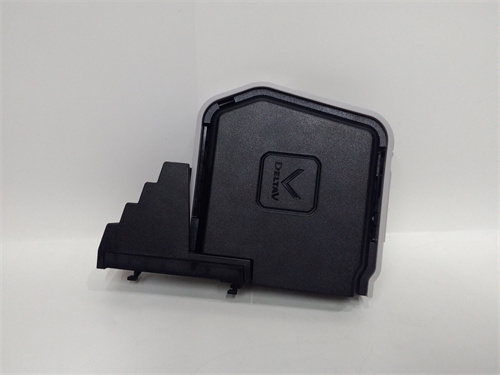
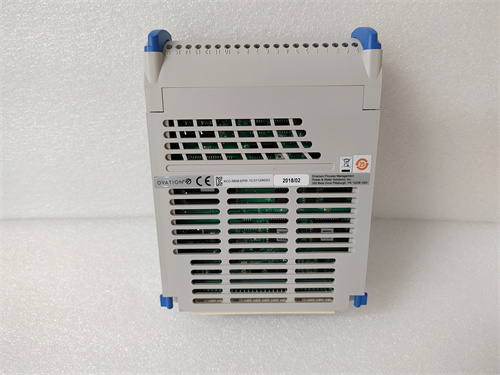
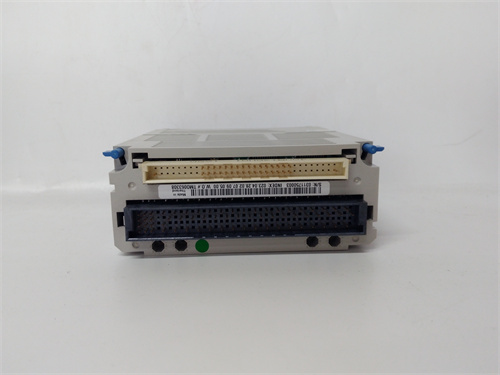
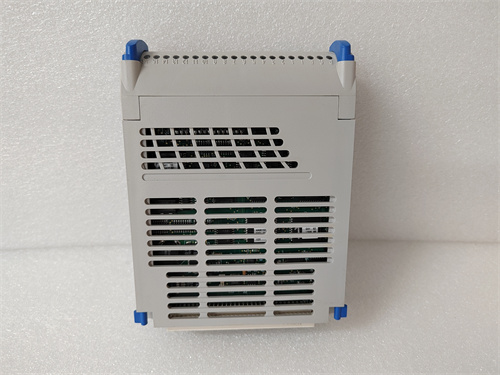
Reviews
There are no reviews yet.